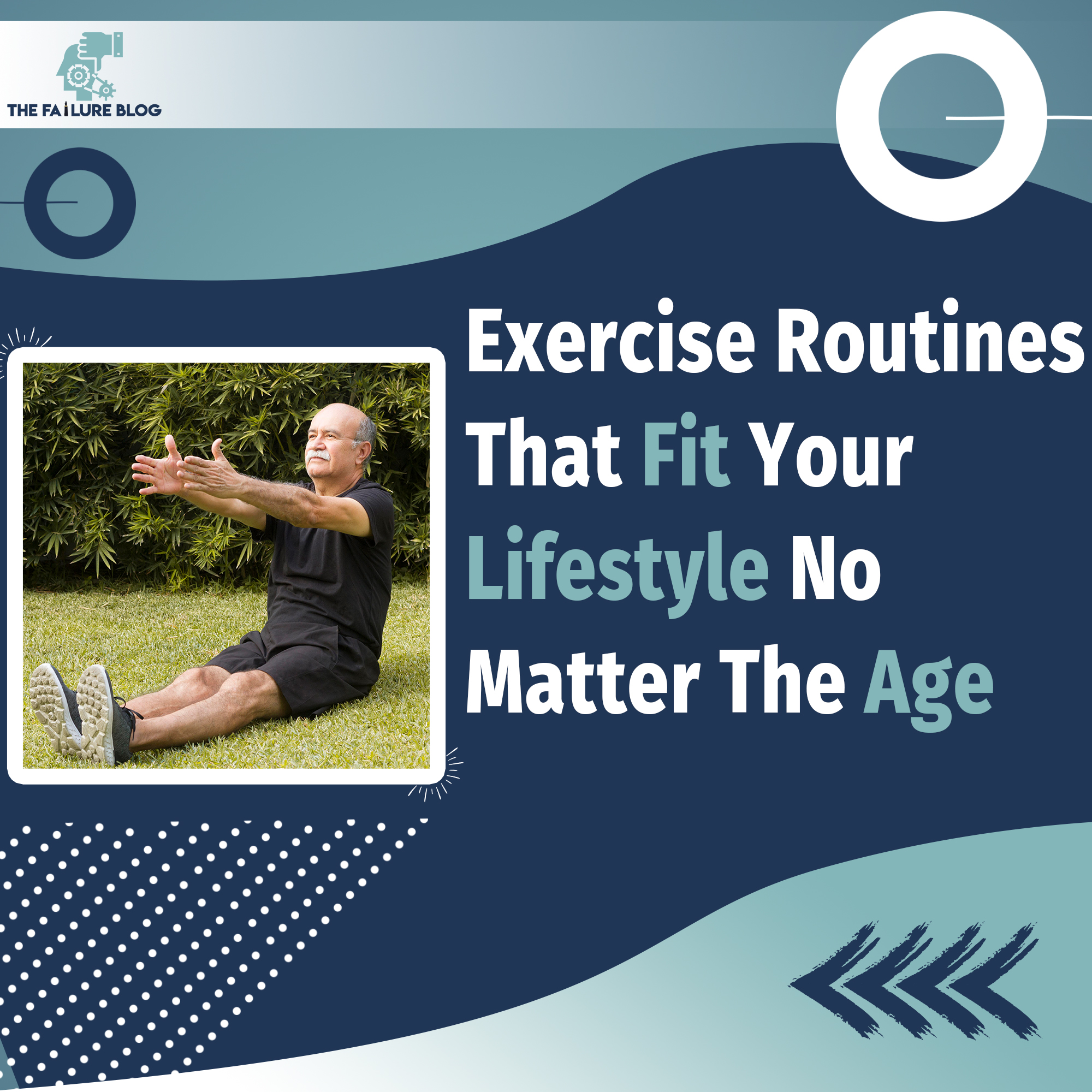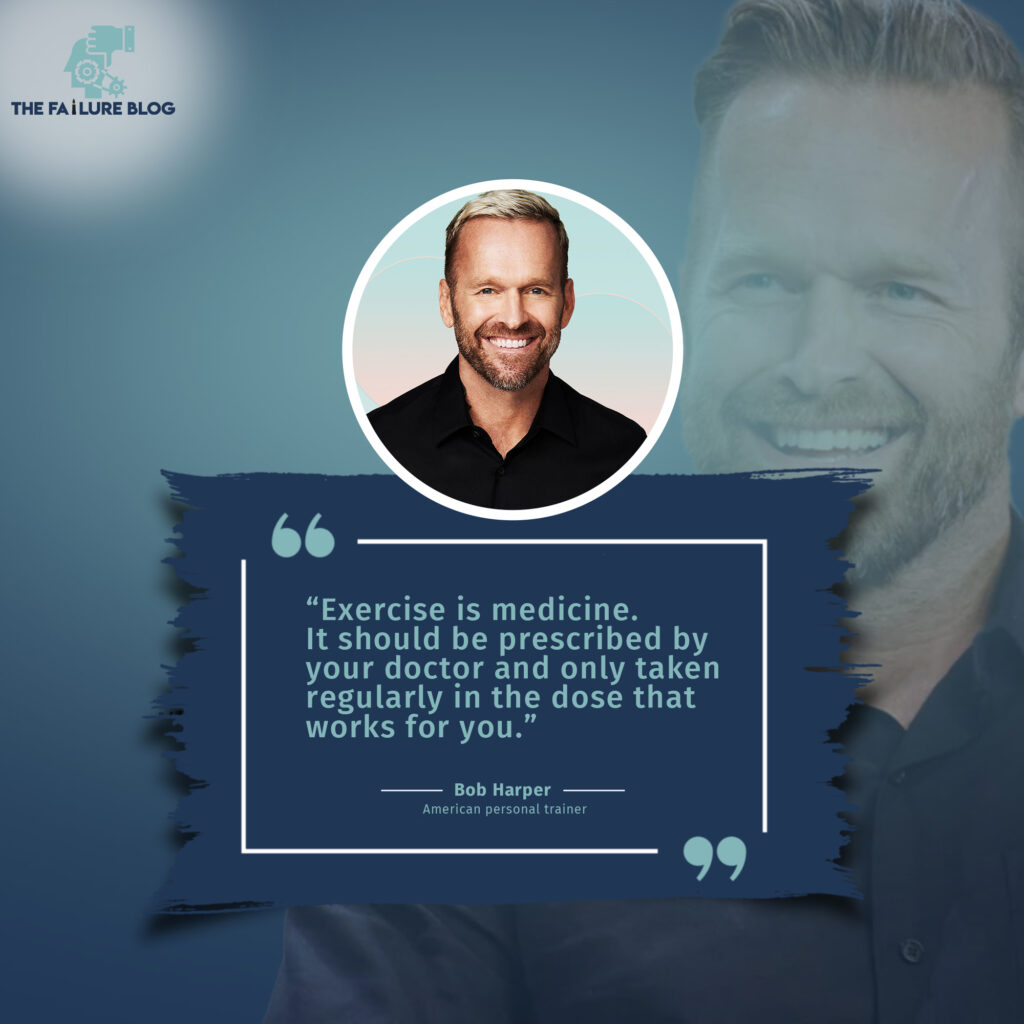
Finding the right exercise routine can be a game-changer for maintaining health and vitality at every stage of life. Imagine your daily schedule as a tapestry of responsibilities and aspirations, with exercise weaving its way through as a key thread. In your twenties, when energy levels are high and the world feels full of possibilities, the fitness landscape is ripe for exploration. As life progresses into the thirties, balancing career demands and personal commitments makes it essential to seek efficient and flexible ways to stay active. Entering the forties often brings a shift in priorities, emphasizing the need for activities that support joint health and recovery while navigating a busy lifestyle
By the time the fifties roll around, maintaining an active lifestyle becomes crucial not just for physical health but also for social and mental well-being. Moving into the sixties and beyond, the focus naturally transitions to preserving mobility and functional strength, ensuring independence and overall quality of life. Each decade presents unique challenges and opportunities, but the common thread remains: integrating movement into your daily routine enhances well-being and enriches life at every age.
In Your 20s: Energize and Explore
Your twenties are a great time to build a solid fitness foundation. With more energy and fewer responsibilities, you have the opportunity to explore different types of workouts. Start by mixing cardio, strength training, and flexibility exercises. Running, cycling, and swimming are excellent choices for cardiovascular health, while weightlifting and bodyweight exercises will help you build muscle and strength. Yoga and Pilates can enhance flexibility and core strength.
Consider joining group classes or sports leagues to keep things exciting. Activities like rock climbing, martial arts, or dance can offer fun and variety, helping you stay motivated. Remember, the key is to find what you enjoy, so don’t be afraid to experiment with different workouts.

In Your 30s: Balance and Adapt
As you move into your thirties, balancing a career and possibly family life can make finding time for exercise more challenging. Focus on routines that maximize efficiency and offer flexibility. High-Intensity Interval Training (HIIT) is a great option, providing a full-body workout in a short amount of time. Incorporate strength training to maintain muscle mass and support metabolism.
Yoga and stretching should also be a part of your routine to help manage stress and improve overall well-being. If you’re juggling multiple responsibilities, consider shorter workouts that you can fit into your day, such as quick home workouts or office stretches. Remember, consistency is more important than duration, so find routines that work with your schedule.
In Your 40s: Prioritize Recovery and Joint Health
Entering your forties often means dealing with changes in metabolism and an increased risk of joint issues. Exercise routines should emphasize joint health and recovery. Low-impact activities like swimming, cycling, and walking can help maintain cardiovascular fitness without putting too much strain on your joints.
Strength training remains essential, but focus on proper form and lighter weights to avoid injury. Incorporate exercises that improve balance and flexibility, such as Pilates or Tai Chi. These activities not only enhance physical health but also contribute to mental well-being by reducing stress and improving focus.
In Your 50s: Stay Active and Social
In your fifties, staying active is key to maintaining independence and quality of life. Engage in regular exercise that combines cardiovascular, strength, and flexibility training. Activities like brisk walking, resistance band exercises, and water aerobics are excellent for staying fit while being gentle on the body.
Consider group activities or classes to stay motivated and social. Engaging with others in a fitness class or walking group can make exercise more enjoyable and help you stay committed. Additionally, activities like gardening or hiking can provide both physical and mental benefits, offering a change of pace from traditional workouts.

In Your 60s and Beyond: Emphasize Mobility and Function
As you enter your sixties and beyond, the focus should shift to maintaining mobility and functional strength. Exercises that promote balance, flexibility, and coordination are crucial. Chair exercises, gentle stretching, and low-impact aerobics are great options to keep moving without overexerting yourself.
Strength training remains important but should be adapted to accommodate any physical limitations. Resistance bands, light weights, and bodyweight exercises can help maintain muscle mass and support overall health. Incorporate activities like walking or swimming, which are easy on the joints and can be tailored to your fitness level.
Tips for All Ages
- Listen to Your Body: Regardless of age, it’s important to listen to your body’s signals. If you feel pain or discomfort, adjust your routine or seek professional advice.
- Stay Hydrated and Eat Well: Proper nutrition and hydration are essential for supporting any exercise routine. A balanced diet will fuel your workouts and aid in recovery.
- Set Realistic Goals: Establishing achievable fitness goals will help keep you motivated and track your progress. Celebrate small victories and adjust your goals as needed.
- Seek Professional Guidance: If you’re new to exercise or dealing with specific health issues, consider consulting a fitness professional or physical therapist. They can provide personalized advice and create a routine tailored to your needs.
- Make It Fun: Finding joy in exercise is key to maintaining a long-term routine. Choose activities that you enjoy and that fit seamlessly into your lifestyle.
Conclusion
Staying active is a cornerstone of a vibrant, healthy life, but the challenge often lies in finding the right balance at different stages of our lives. From the boundless energy of youth to the wisdom of our later years, our fitness routines need to adapt to our evolving needs and circumstances. Whether you’re navigating a busy career, raising a family, or enjoying retirement, integrating exercise into your daily routine can be both practical and rewarding. Discover how to tailor your activities to fit your unique lifestyle, ensuring you remain active and engaged regardless of where you are on life’s journey.





Leave a Reply